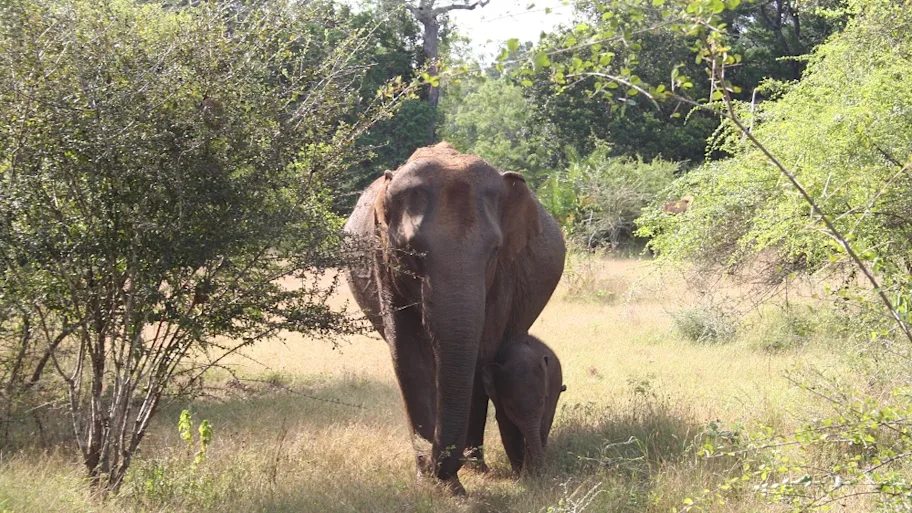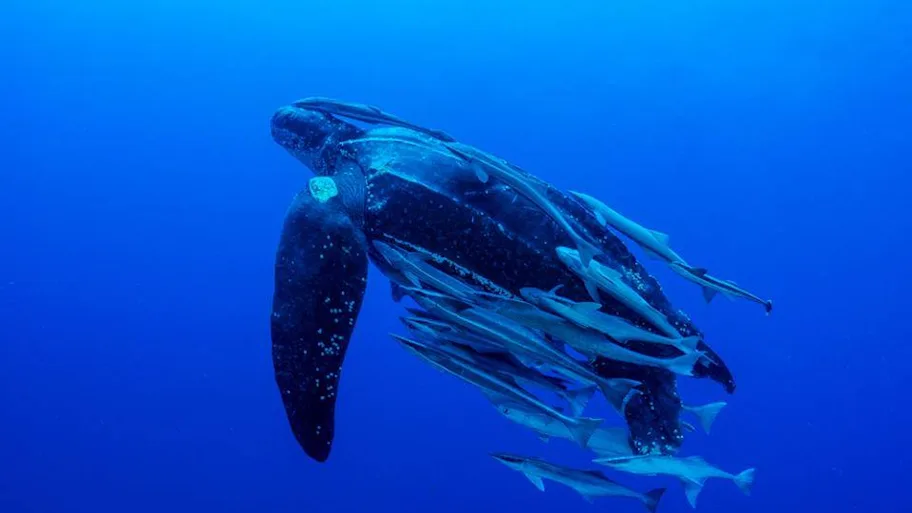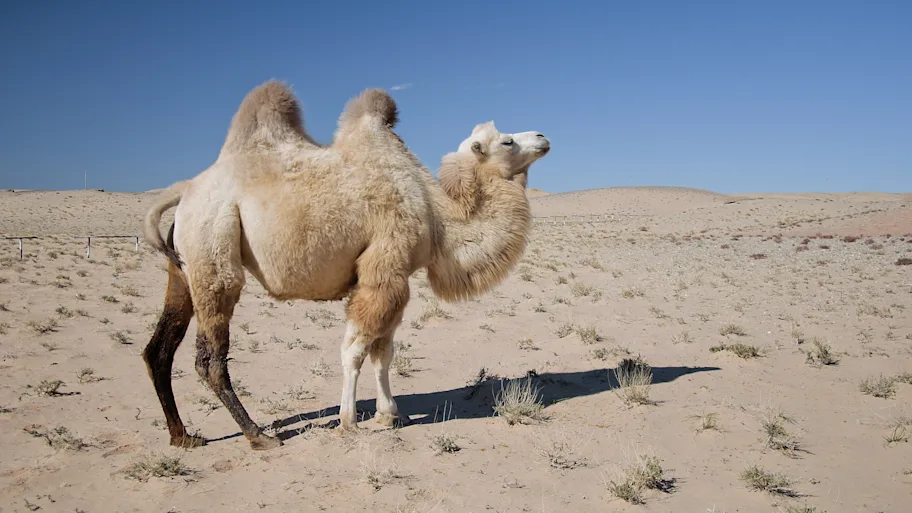
- Science News
- Featured news
- Modern man vs. giant animals
Modern man vs. giant animals

Megafauna like the woolly rhinoceros, mammoth and giant sloth were once common throughout Europe and northern Asia. Image: Shutterstock
Extinct herbivorous megafauna — like woolly rhinoceroses, giant sloths and mammoths — were displaced by humans who partly took their place in the ecosystem
— By Senckenberg Gesellschaft für Naturforschung (Senckenberg Nature Research Society)
A study of the extinction around 12,000 years ago of mega-herbivores — plant-eating animals that weighed more than one ton — concludes that, one the one hand, modern humans were the cause of these giant terrestrial animals’ extinction, and on the other hand, humans took over part of the animals’ ecosystem functions. The study, published in Frontiers in Ecology and Evolution, concludes that the reintroduction of large animals in certain parts of the world could have a positive effect in regard to biodiversity.
Today, only few animals weigh in at a ton or more. Elephants, hippopotamuses and rhinoceroses are among these herbivore megafauna, and despite their large size, their populations are endangered.
“Under geological aspects, the small number of so few large animal species presents an anomaly,” explains Professor Dr. Hervé Bocherens of the Senckenberg Center for Human Evolution and Palaeoenvironment at the University of Tübingen, Germany. “The most prominent example of prehistoric giants is, of course, the dinosaurs.”
But more recent geological history also included colossal animals such as giant sloths, woolly rhinoceroses, and mammoths. The biogeologist from Tübingen now examined the reasons for these animals’ extinction around 12,000 years ago and its consequences for the environment.
“Like modern-day elephants, these mega-herbivores acted as ‘ecosystem engineers.’ They reduced the tree cover and kept open the landscape and the watering holes that are of vital importance for many animals. Plant seeds were transported over many kilometers in the animals’ digestive tract, thus aiding in their distribution,” explains Bocherens.
In his recent study, he shows that these tasks were taken over in part by modern humans in the period between 45,000 and 12,000 years ago. “During this epoch, modern man spread across northern Eurasia, North and South America and Australia, and the giant herbivores gradually became extinct,” adds Bocherens.
With the “Neolithic revolution” — which saw the rise of agriculture and animal husbandry, the keeping of stores and a sessile lifestyle — the functions of the extinct “ecosystem engineers” were partially replaced. But in certain areas, such as the agriculturally ill-suited Subarctic — once home to the mammoth steppe — there remained a gap in this respect that continues until today. The lifestyle of these giant animals impacted the entire vegetation — trees were kept small and other plants had sufficient room and nutrients for their growth. The diversity of the flora, in turn, had a positive effect on faunal diversity.
Following the extinction of the giant herbivores, the steppes turned into boreal coniferous forests. This led to a reduction of the so-called “albedo effect”: Instead of a white layer of snow in the winter or a yellow landscape with dry grasses in the summer, the forests’ dark green color reflects less solar radiation, leading to a warming of the climate. Moreover, the soils of the mammoth steppe were drier and emitted less of the greenhouse gas methane.
“The presence of giant herbivores thus not only contributed to a higher species diversity, it also had an effect on the global climate,” comments Bocherens.
According to the study, a better understanding of the differences as well as the similarities between the effects of the extinct mega-herbivores and the human landscape on the ecosystems may aid in better predicting the future of terrestrial ecosystems.
“In some areas of the world, it may even make sense to reintroduce such mega-herbivores in order to increase biodiversity, thereby avoiding global warming,” says Bocherens.
Original article: The Rise of the Anthroposphere since 50,000 Years: An Ecological Replacement of Megaherbivores by Humans in Terrestrial Ecosystems?
Corresponding author: Hervé Bocherens
REPUBLISHING GUIDELINES: Open access and sharing research is part of Frontier’s mission. Unless otherwise noted, you can republish articles posted in the Frontiers news blog — as long as you include a link back to the original research. Selling the articles is not allowed.
Senckenberg Nature Research Society: To study and understand nature with its unlimited diversity of living creatures and to preserve and manage it in a sustainable fashion as the basis of life for future generations – that has been the goal of the Senckenberg Gesellschaft für Naturforschung (Senckenberg Nature Research Society) for the past 200 years. This integrative “geobiodiversity research” and the dissemination of research and science are among Senckenberg’s primary tasks. Three nature museums in Frankfurt, Görlitz and Dresden display the diversity of life and the earth’s development over millions of years. The Senckenberg Gesellschaft für Naturforschung is a member of the Leibniz Association. The Senckenberg Nature Museum in Frankfurt is supported by the City of Frankfurt am Main as well as numerous other partners. Additional information can be found at www.senckenberg.de.
The University of Tübingen is one of eleven German universities that received the recognition of excellence. Within the field of life sciences, it offers cuttingedge research in the areas of neurosciences, translational immunology and cancer research, microbiology and infection research as well as molecular biology. Additional focal areas include geological and environmental research, archeology and anthropology, language and cognition as well as education and media. More than 28,400 students from all over the world are currently enrolled at Seite 3 von 3 the University of Tübingen. They can avail themselves of a wide spectrum of approximately 300 study courses – from Egyptology to Cellular Neurosciences.






